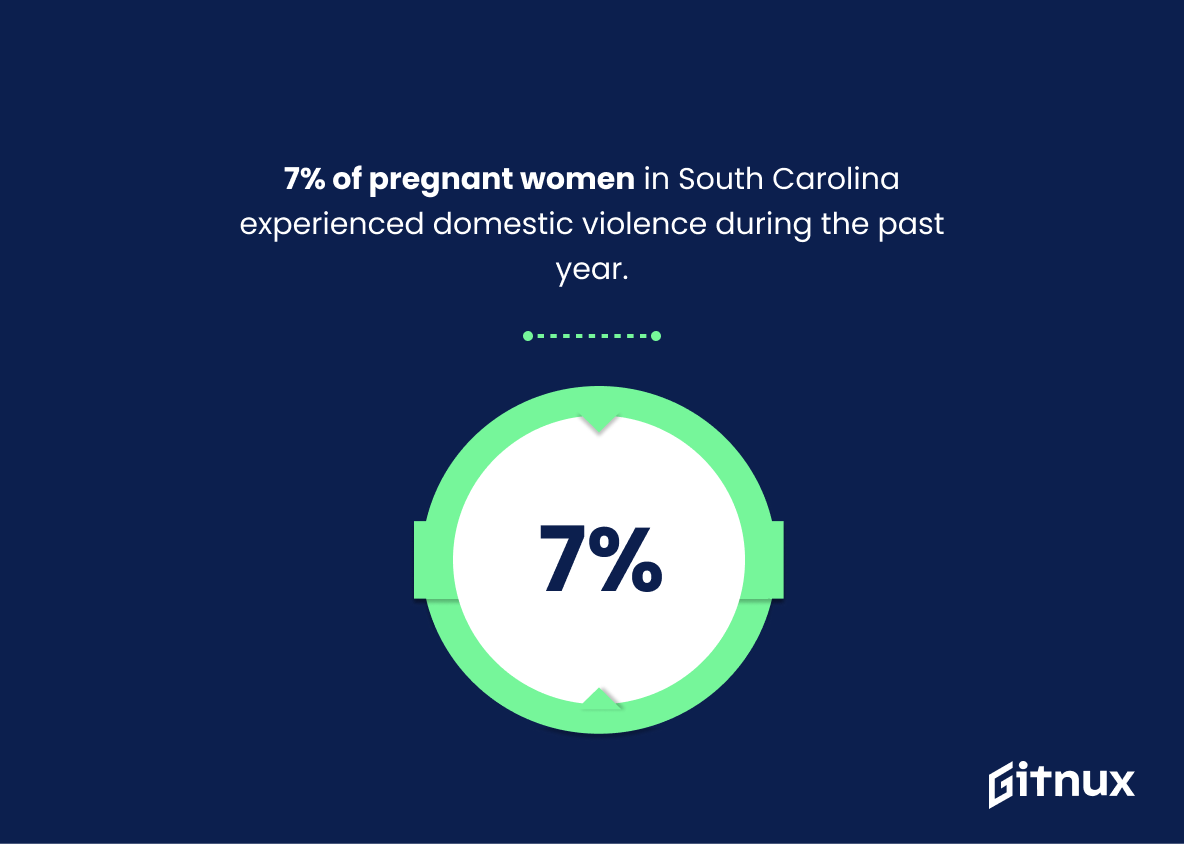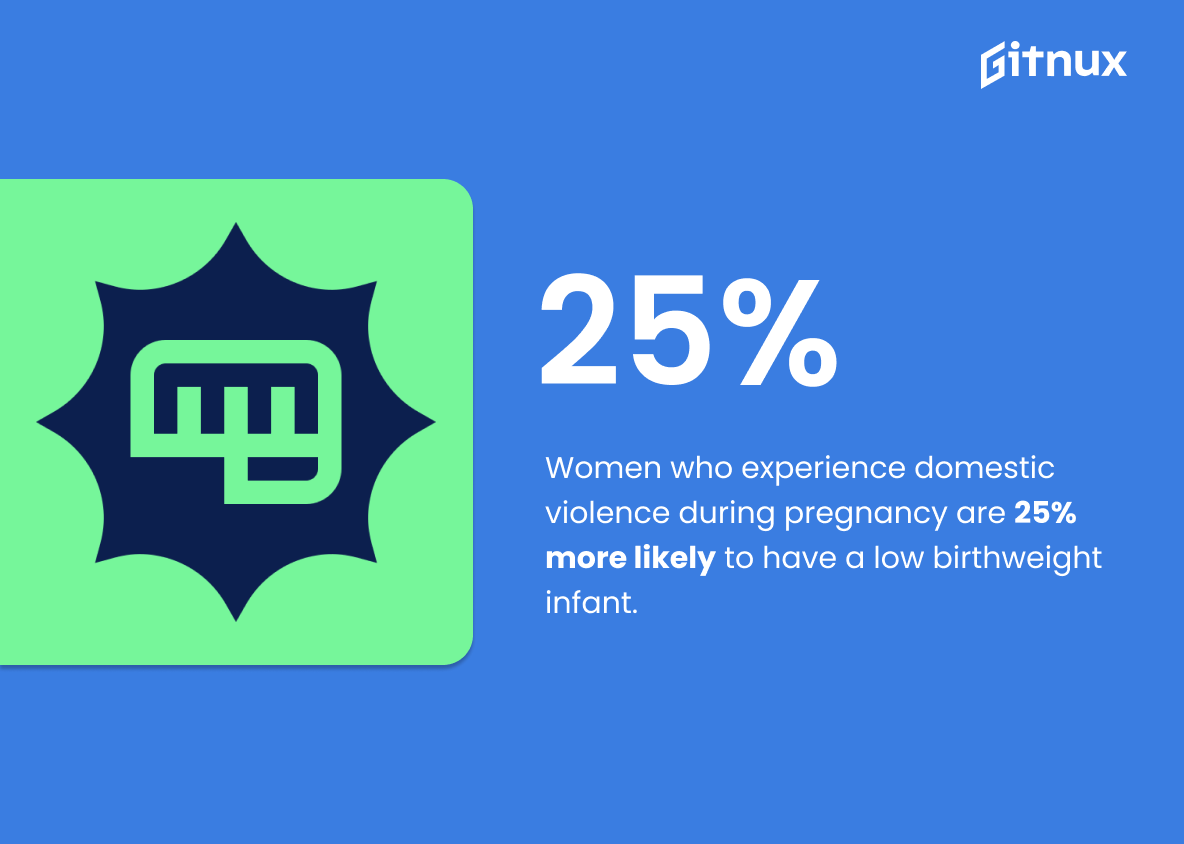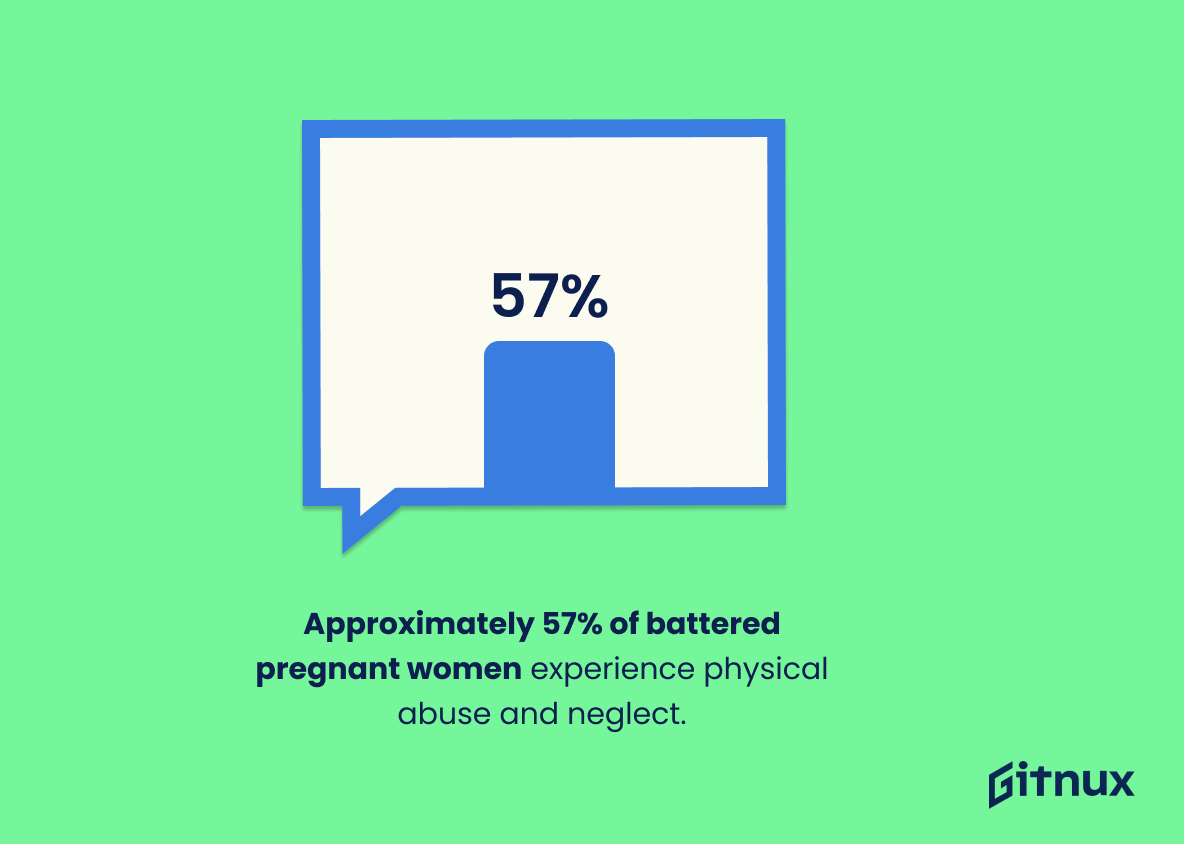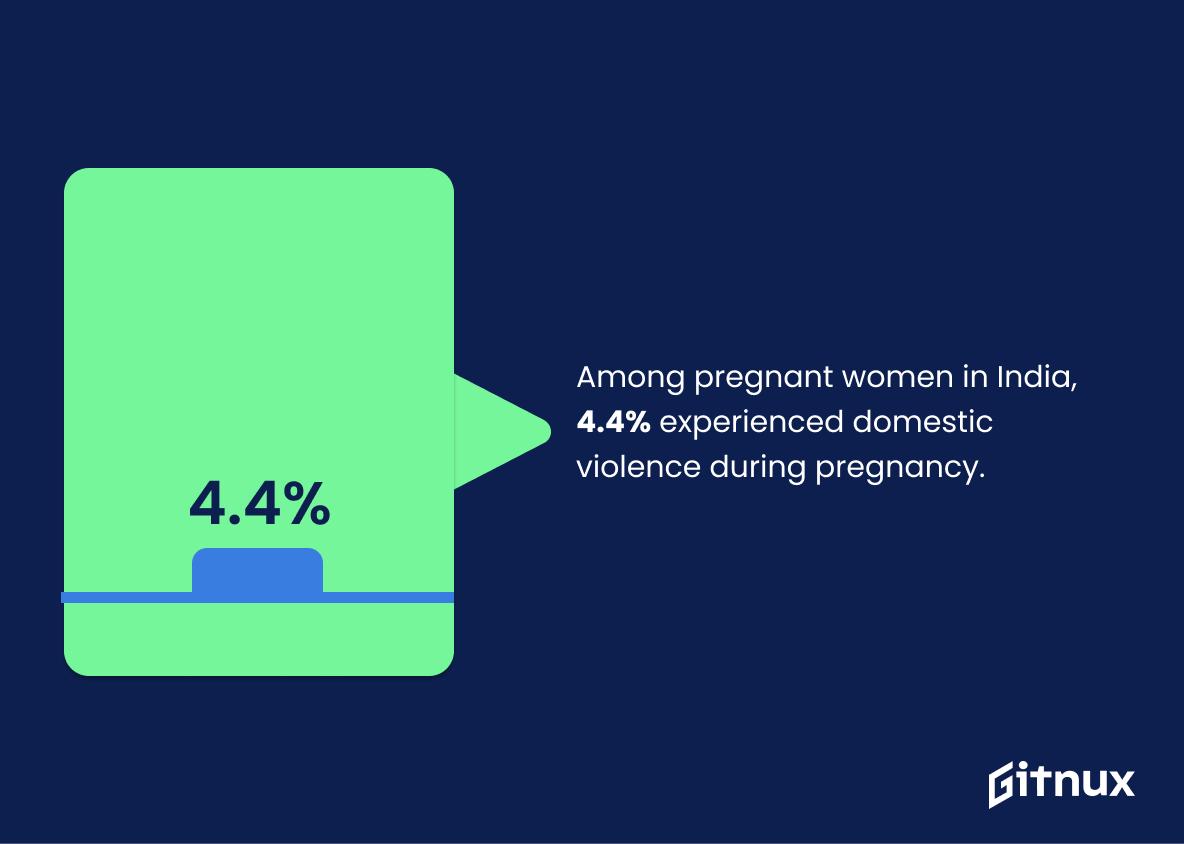Domestic violence during pregnancy is a serious issue that affects women around the world. According to recent statistics, approximately 324,000 pregnant women in the United States experience intimate partner violence each year and between 4% and 12% of pregnant women experience domestic violence globally. In addition, studies conducted in London have found that 1 in 7 pregnant women are victims of domestic violence while 20% of all cases involving domestic abuse start during pregnancy.
The effects of this type of abuse can be devastating for both mother and child; research has shown that those who suffer from it are twice as likely to miscarry or stillbirth their baby than those who do not experience any form of physical or emotional abuse. Furthermore, adolescents appear to be particularly vulnerable with 15% experiencing intimate partner violence while they are expecting a child. Additionally, there is an increased risk associated with preterm birth (5-fold) when compared to non-abused mothers as well as higher rates among African American expectant mothers (3 times more likely).
Finally, other countries such Brazil (11.8%), India (4.4%) Thailand(30%) Australia(1/6), Nigeria(26%), South Carolina(7%)and UK 3%, also report high levels on Domestic Violence During Pregnancy Statistics . Women affected by this kind if situation may face additional risks including low birthweight infants and even neonatal death which occurs 2 ½ times more often than normal pregnancies without any reported incidents related to DVDP .
In conclusion , these facts demonstrate how widespread the problem really is across different cultures worldwide making it clear why we need further action taken against this global epidemic so no woman ever has go through such traumatic experiences again
Domestic Violence During Pregnancy Statistics Overview
Approximately 20% of women experiencing domestic violence are first abused during pregnancy.
This statistic is a stark reminder of the prevalence of domestic violence during pregnancy, and the need for increased awareness and support for pregnant women who are victims of abuse. It highlights the importance of providing resources and support to pregnant women who are at risk of domestic violence, and the need to ensure that they are safe and protected.
Pregnant women experiencing domestic violence are twice as likely to experience a miscarriage or stillbirth.
This statistic is a stark reminder of the devastating effects domestic violence can have on pregnant women. It highlights the importance of providing support and resources to those who are in abusive relationships, as well as the need to raise awareness of the risks associated with domestic violence during pregnancy.
In a study conducted in Nigeria, 26.3% of pregnant women experienced domestic violence.
This statistic is a stark reminder of the prevalence of domestic violence during pregnancy in Nigeria. It highlights the need for greater awareness and action to protect pregnant women from this form of abuse. It also serves as a call to action for those in positions of power to take steps to ensure that pregnant women are safe and protected from domestic violence.
In a Canadian study, 3.9% of women reported abuse during their current pregnancy.
This statistic is a stark reminder of the prevalence of domestic violence during pregnancy in Canada. It highlights the need for increased awareness and support for pregnant women who are victims of abuse. It also serves as a call to action for healthcare providers, policy makers, and the public to take steps to reduce the incidence of domestic violence during pregnancy.
7% of pregnant women in South Carolina experienced domestic violence during the past year.
This statistic is a stark reminder of the prevalence of domestic violence among pregnant women in South Carolina. It highlights the need for increased awareness and support for those affected by this issue. It also serves as a call to action for those in positions of power to take steps to protect pregnant women from domestic violence.
Women who experience domestic violence during pregnancy are 25% more likely to have a low birthweight infant.
This statistic is a stark reminder of the devastating effects domestic violence can have on pregnant women and their babies. Low birthweight infants are at a higher risk of developing health problems, and this statistic highlights the need for increased awareness and support for pregnant women who are victims of domestic violence.
Approximately 57% of battered pregnant women experience physical abuse and neglect.
This statistic is a stark reminder of the prevalence of domestic violence during pregnancy, and serves as a call to action for those who are in a position to help. It highlights the need for increased awareness and support for pregnant women who are victims of abuse, and underscores the importance of providing resources to help them escape their situation.
In a Brazilian study, about 11.8% of domestic violence during pregnancy was classified as sexual violence.
This statistic is a stark reminder of the prevalence of sexual violence during pregnancy in Brazil. It highlights the need for greater awareness and action to protect pregnant women from this form of abuse. It also serves as a call to action for healthcare providers to be more vigilant in identifying and responding to cases of domestic violence during pregnancy.
Among pregnant women in India, 4.4% experienced domestic violence during pregnancy.
This statistic is a stark reminder of the prevalence of domestic violence during pregnancy in India. It highlights the need for greater awareness and action to protect pregnant women from such violence. It also serves as a call to action for policy makers to take steps to ensure that pregnant women are safe and protected from domestic violence.
Conclusion
The statistics presented in this blog post demonstrate the prevalence of domestic violence during pregnancy across different countries and cultures. It is clear that intimate partner violence affects a significant number of pregnant women, with estimates ranging from 4% to 12%. Furthermore, it has been shown that experiencing domestic violence while pregnant can have serious consequences for both mother and baby, including an increased risk of miscarriage or stillbirth as well as preterm birth and low birthweight infants. These findings highlight the need for greater awareness about the issue of domestic violence during pregnancy so that appropriate interventions can be put into place to protect vulnerable mothers-to-be.
References
0. – https://www.www.ncbi.nlm.nih.gov
1. – https://www.www.johnhoward.ab.ca
2. – https://www.link.springer.com
3. – https://www.www.ajol.info
4. – https://www.www.jahonline.org
5. – https://www.bmcpregnancychildbirth.biomedcentral.com
6. – https://www.www.scielo.br
7. – https://www.pubmed.ncbi.nlm.nih.gov









